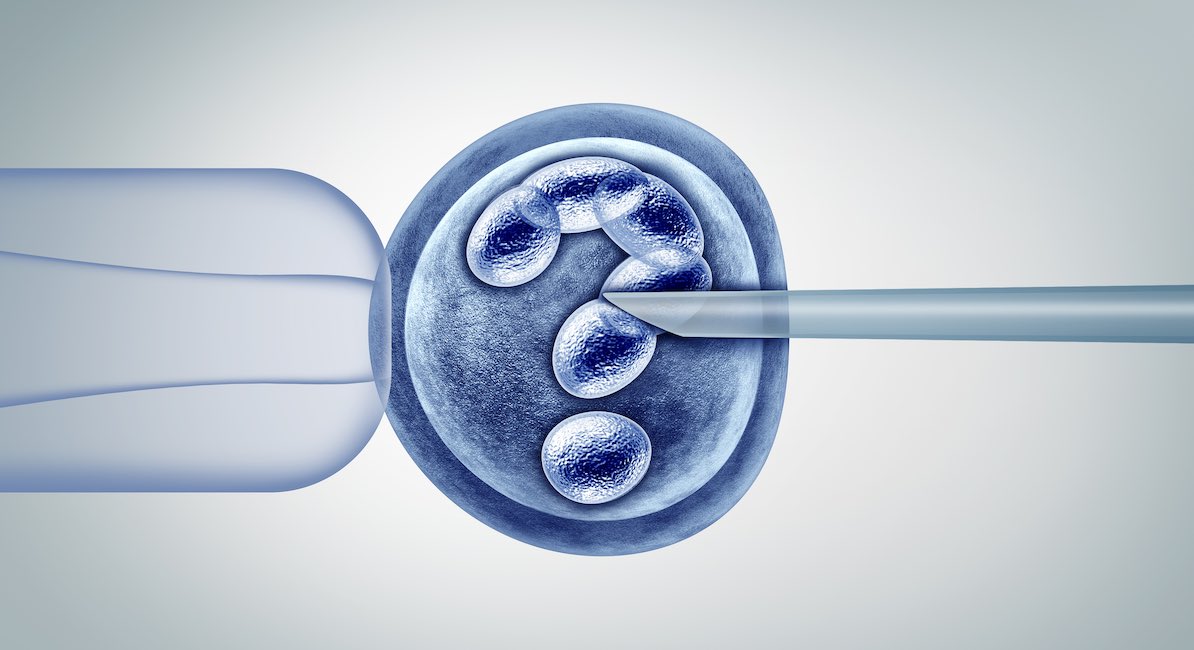A procedure that purports to treat fertility or disabilities by using three-parent IVF is one step closer to being allowed in Australia.
Maeve’s Law passed the Senate earlier this month, which means a law prohibiting the use of more than two people’s DNA in IVF has to be amended. The Senate approved the new procedure in a 27-17 vote.
Clinics in Europe began using three-parent IVF in 2019; the procedure is specifically called mitochondrial replacement therapy, or MRT. In Australia, it is being permitted under Maeve’s Law, which was named for Maeve Hood, a little girl with severe mitochondrial disease. Many in the scientific community applaud MRT, and its legalization, as a way to “cure” mitochondrial disease.
“Mitochondrial diseases impact on at least one child born in Australia each week,” David Thorburn, a mitochondrial researcher at Murdoch Children’s Research Institute, told the Australian Broadcasting Corporation. “Mitochondrial diseases impact on at least one child born in Australia each week. Affected patients typically suffer severe disease affecting their brain, heart or other organ systems and early death, ranging from infancy to middle age. Maeve’s Law will enable affected families to greatly increase their chance of having a healthy child unaffected by mitochondrial DNA disease.”
Yet MRT doesn’t do anything to help people who have mitochondrial disease. What it does is prevent them from being born.
READ: Buying a baby: The harmful objectification inherent in surrogacy and IVF
During MRT, the nucleus of a donor’s egg is hollowed out, while keeping the healthy mitochondria in the egg’s shell. Then, the nucleus of the mother’s egg, which contains the majority of the DNA, is inserted. Essentially, the defective or risky parts of a mother’s egg are supplemented with a donor egg. The egg is then fertilized using the father’s sperm, and then an embryo is chosen and implanted into the mother’s uterus through a now-typical IVF procedure. Some are already boasting that MRT can solve any number of medical problems, like infertility, but this has not yet been proven.
Even those who otherwise might support MRT are concerned that legalization in Australia, and purportedly across Europe as well, is moving too fast. Jus St. John, a mitochondrial genetics researcher, at the University of Adelaide told the Australian Broadcasting Corporation. “The Australian Parliament has taken a large step into the unknown,” he said. “If it is safe and there are no side effects, then I would be happy for it to be implemented, but until we are absolutely sure, then I have big reservations about its use. We do not have sufficient data from large animal models that are similar in their embryology, physiology, etc., to humans. The passing of this legislation is at least five years too early and we should wait until the data are available to validate or otherwise the technology.”
Bishop Richard Umbers, the delegate for life for Australia’s Catholic Bishops Conference also criticized the update, saying it was a risky and unknown procedure, which is also disrespectful to the sanctity of human life.
“The passage of the bill is very disappointing particularly as no amendments were passed,” he said in a statement. “We appreciate the deep desire for parents who are carriers to avoid passing mitochondrial disease on to their children but the creation of three-parent embryos is the wrong way to go about it. The Australian Department of Health has stated that neither the risks for a child born nor the long-term effects on future generations are understood. The parliament should focus on research that respects life from conception rather than risky treatments that presuppose an entire industry of IVF.”
“Like” Live Action News on Facebook for more pro-life news and commentary!







